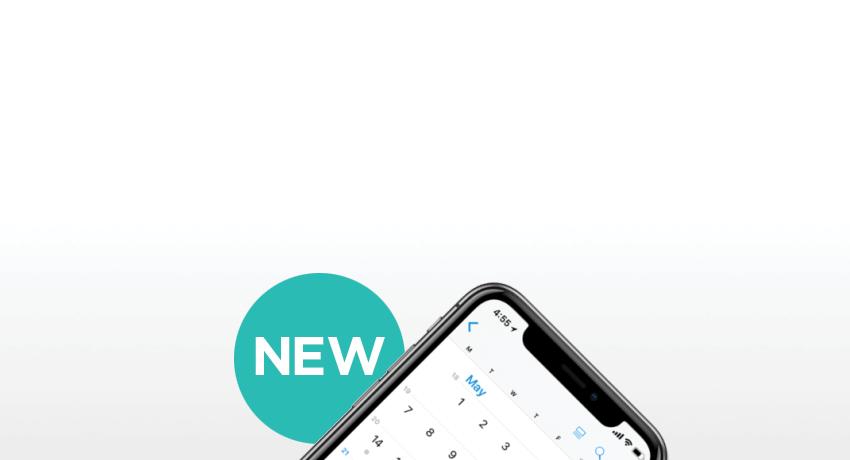What is primary sclerosing cholangitis (PSC)?PSC is a chronic disease that damages the bile ducts of the liver. Inflammation and scarring cause the bile ducts to become blocked. The blockage causes bile to accumulate in the liver which may lead to scarring or damage of the liver cells. Over time, damage of the liver cells can lead to cirrhosis. PSC usually advances slowly. People with PSC may experience episodes of infection in the liver.
What causes primary sclerosing cholangitis?The cause of this disease is not known. It is possible the disease is related to a problem with the immune system and there may be a genetic role. PSC is more commonly found in men than women. Intestinal diseases called ulcerative colitis and Crohn’s disease are often associated with PSC.
What are the symptoms of primary sclerosing cholangitis?Many people do not have symptoms at the time of diagnosis. However, if symptoms occur, they may include yellowing of the skin and eyes, fatigue, and itching of the skin. Symptoms may come and go, or gradually worsen over time.
How is primary sclerosing cholangitis diagnosed?Often findings of abnormal liver tests lead to further testing and the diagnosis of PSC. Diagnosis is usually made by, MRCP (magnetic resonance cholangiopancreatography), or a specific endoscopic procedure to evaluate the bile duct called EUS/ERCP (endoscopic ultrasound, endoscopic retrograde cholangiopancreatography). Occasionally, a liver biopsy may be needed to establish a diagnosis.
How is primary sclerosing cholangitis treated?There is no cure for PSC. Research is not clear if a medication (ursodiol) may help slow the progression of the disease. Treatment is aimed at relieving symptoms. Itching is able to be treated with medications. PSC generally involves increased liver damage and liver transplant may be needed. ERCP may also be used to place stents to open up the bile ducts.
Additional Resources:PSC Partnershttp://www.pscpartners.org/


